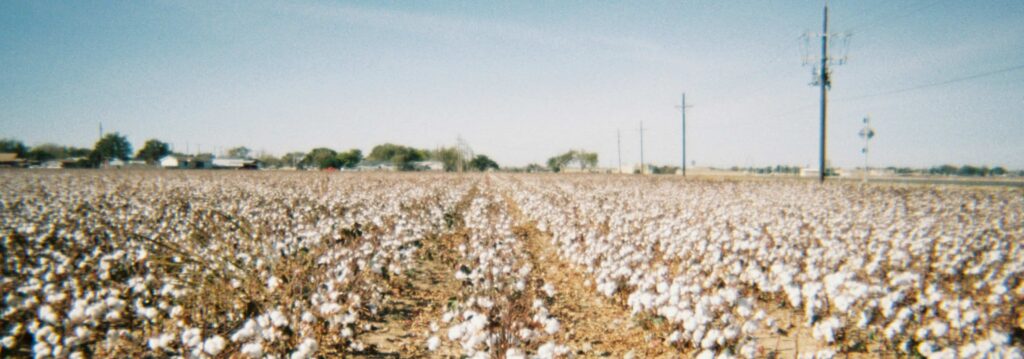1.What are the materials of face towels? —-There are 3 types in total

| Pure cotton | Viscose (Regenerated cellulose fiber) | Polyester Viscose Blended |

Pure cotton: It is a pure and natural product made of 100% pure cotton. The product is naturally skin-friendly and non-irritating with subsequent processing and disinfection. However, if you find that your skin still has problems after using pure cotton products, please be sure to seek medical attention in time. Since the raw materials’ production process involves using pesticides and other chemical agents, skin problems may still occur under rare conditions, so you should not take it lightly.

Viscose fiber: First of all, please don’t worry, this is not made of glue, it comes from the French word VISCOSE, which means “viscous fluid”. Simply put, it is the melting of wood pulp and cotton pulp into a viscous like honey after spinning, and it is indeed because the material comes from natural cellulose, so it is classified as cellulose fiber.
Viscose is not the only type of cellulose extracted from trees, but viscose is currently the largest, cheapest and most suitable material for disposable products.

Polyester-viscose blend (polyester fiber + viscose fiber): Polyester itself is very safe. Its scientific name is polyethylene terephthalate (abbreviated as PET). The mineral water bottles we usually drink are made of this material. It can come into contact with our food and be drunk into the stomach, so wiping the skin is not a problem.
No matter what kind of material it is, it is non-toxic and safe in itself. The only possible safety risks are the pesticides and chemicals used in the processing. But don’t be too anxious. As long as the corresponding safety inspection mark is printed on the face towel you buy, it means that it has passed the product inspection of the corresponding country and can be used safely.
2.Test your product material classification using the combustion method
As for the use process, I believe many people hope to be able to distinguish the materials of their face towels. As a professional supplier of cosmetic cotton and non-woven fabrics, here we will introduce the test method according to the combustion method:

| Cotton (natural fiber) | Burns with a distinct “wood” or “burned paper” smell, with a bright, steady flame. Leaves off-white ash after burning, and can be easily pulverized. |
| Viscose (Regenerated cellulose fiber) | Burns with a “burned paper” smell, but with a slightly sweeter flavor. The flame is small and steady, and the residue left after burning is a black charred mark that cannot be pulverized. |
| Polyester Viscose Blended | Polyester (synthetic fiber): Burns with a plastic smell, with a large flame and a dripping characteristic. Polyester turns into a hard lump after burning, has a chemical smell, and cannot be pulverized. |
